CCNA Certification Overview
CCNA Certification Course Outline
Domain 1: Network Fundamentals
- Explain the Role and Function of Network Components
- Describe the Characteristics of Network Topology Architectures
- Compare Physical Interface and Cabling Types
- Identify Interface and Cable Issues
- Compare TCP to UDP
- Configure and Verify IPv4 Addressing and Subnetting
- Describe the Need for Private IPv4 Addressing
- Configure and Verify IPv6 Addressing and Prefix
- Compare IPv6 Address Types
- Verify IP Parameters for Client OS (Windows, Mac OS, Linux)
- Describe Wireless Principles
- Explain Virtualisation Fundamentals (Virtual Machines)
- Describe Switching Concepts
Domain 2: Network Access
- Configure and Verify VLANs (Normal Range) Spanning Multiple Switches
- Configure and Verify Interswitch Connectivity
- Configure and Verify Layer 2 Discovery Protocols (Cisco Discovery Protocol and LLDP)
- Configure and Verify (Layer 2/Layer 3) EtherChannel (LACP)
- Describe the Need for and Basic Operations of Rapid PVST+ Spanning Tree Protocol and Identify Basic Operations
- Compare Cisco Wireless Architectures and AP Modes
- Describe Physical Infrastructure Connections of WLAN Components (AP, WLC, Access/Trunk Ports, and LAG)
- Describe AP and WLC Management Access Connections
- Configure Components of a Wireless LAN Access for Client Connectivity Using GUI
Domain 3: IP Connectivity
- Interpret Components of Routing Table
- Determine How a Router Makes a Forwarding Decision by Default
- Configure and Verify IPv4 and IPv6 Static Routing
- Configure and Verify Single Area OSPFv2
- Describe the Purpose of the First Hop Redundancy Protocol
Domain 4: IP Services
- Configure and Verify Inside Source NAT Using Static and Pools
- Configure and Verify NTP Operating in a Client and Server Mode
- Explain the Role of DHCP and DNS Within the Network
- Explain the Function of SNMP in Network Operations
- Describe the Use of Syslog Features, Including Facilities and Levels
- Configure and Verify the DHCP Client and Relay
- Explain Forwarding Per-Hop Behaviour (PHB) for QoS Such as Classification, Marking, Queuing, Congestion, Policing, Shaping
- Configure Network Devices for Remote Access Using SSH
- Describe the Capabilities and Functions of TFTP/FTP in the Network
Domain 5: Security Fundamentals
- Define Key Security
- Describe Security Programme Elements
- Configure Device Access Control Using Local Passwords
- Describe Security Password Policies Elements, Such as Management, Complexity, and Password Alternatives
- Describe Remote Access and Site-to-Site VPNs
- Configure and Verify Access Control Lists
- Configure Layer 2 Security Features
- Differentiate Authentication, Authorisation, and Accounting Concepts
- Describe Wireless Security Protocols (WPA, WPA2, and WPA3)
- Configure WLAN Using WPA2 PSK Using the GUI
Domain 6: Automation and Programmability
- Explain How Automation Impacts Network Management
- Compare Traditional Networks with Controller-Based Networking
- Describe Controller-Based and Software Defined Architectures
- Compare Traditional Campus Device Management with Cisco DNA Center Enabled Device Management
- Characteristics of REST-Based APIs (CRUD, HTTP Verbs, and Data Encoding)
- Recognise Capabilities of Configuration Management Mechanisms Puppet, Chef, and Ansible
- Interpret JSON Encoded Data


Who should attend this CCNA Certification Course?
This CCNA Course is designed for individuals who want to gain foundational knowledge and skills in computer networking and earn the Cisco Certified Network Associate (CCNA) Certification. This certification course benefits a wide range of professionals, including:
- System Administrators
- Network Engineers
- DevOps Engineers
- Cloud Computing Engineers
- Security Engineers
- Software Developers
- IT Professionals
Prerequisites of this CCNA Certification Course
There are no formal prerequisites to attend this CCNA Training. However, a basic understanding of networking and operating systems would be beneficial for the delegates.
CCNA Certification Course Overview
CCNA, a fundamental course in the IT industry, offers a secure foundation for success in the ever-evolving world of technology. It equips delegates with an in-depth understanding of both IPv4 and IPv6 networks. In the fast-paced realm of IT, this training is essential for staying relevant and competitive.
Proficiency in CCNA is crucial for IT Technicians and Network Engineers. It allows professionals to confidently work with Cisco networking equipment and environments. As the IT landscape continues to evolve, mastering CCNA is a priority for those aiming to advance in their careers as Network Engineers, Administrators, or Specialists.
The Knowledge Academy's 5-day CCNA Training Course is designed to empower delegates with the knowledge and skills needed to excel in the IT industry. With the guidance of experienced trainers and comprehensive coursework, delegates will be well-prepared to tackle Cisco networking challenges. This training is a catalyst for career growth, equipping individuals with the expertise required to lead advancements in their organisations.
Course Objectives
- To learn how to identify the components of a computer network and describe their basic characteristics
- To configure and verify IPv4 and IPv6 addressing and subnetting
- To implement and verify VLANs, interswitch connectivity, and EtherChannel configurations
- To explain and configure key security fundamentals, including device access control, VPNs, and wireless security protocols
- To explore automation and programmability impacts on network management
Upon course completion, delegates will emerge with a strong foundation in CCNA, enabling them to navigate the complexities of modern networking environments with confidence. This newfound expertise will open doors to exciting career opportunities and empower them to make a substantial impact in the IT industry.


What’s included in this CCNA Certification Course?
- World-Class Training Sessions from Experienced Instructors
- CCNA Certificate
- Digital Delegate Pack


Why choose us
Ways to take this course
Experience live, interactive learning from home with The Knowledge Academy's Online Instructor-led CCNA Certification. Engage directly with expert instructors, mirroring the classroom schedule for a comprehensive learning journey. Enjoy the convenience of virtual learning without compromising on the quality of interaction.
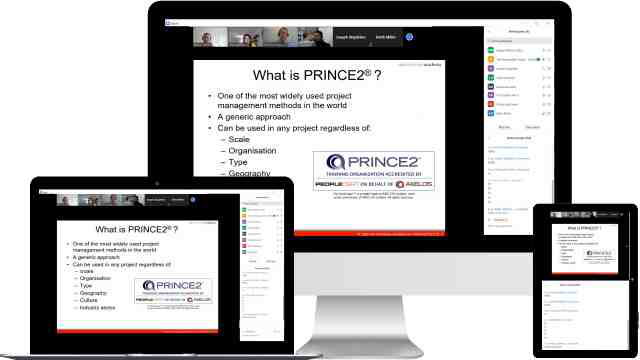
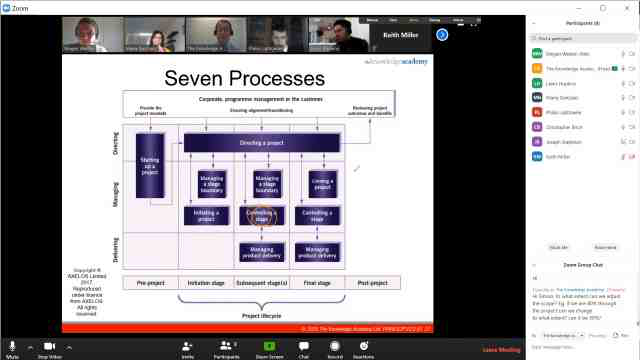
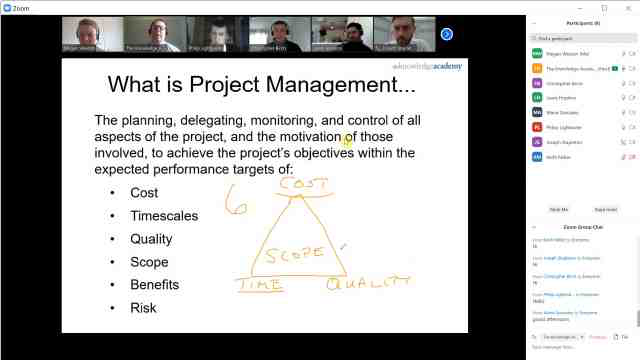
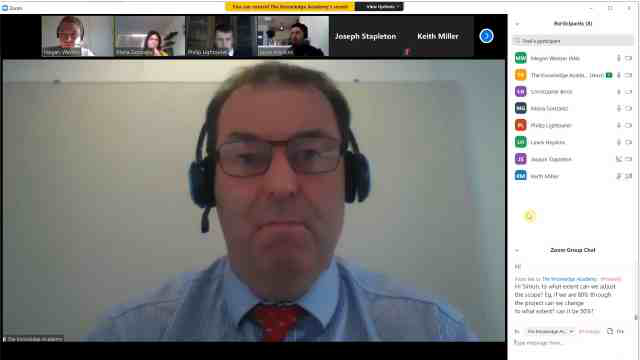
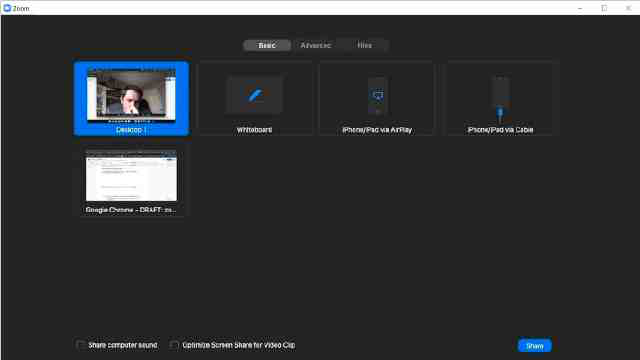
Unlock your potential with The Knowledge Academy's CCNA Certification, accessible anytime, anywhere on any device. Enjoy 90 days of online course access, extendable upon request, and benefit from the support of our expert trainers. Elevate your skills at your own pace with our Online Self-paced sessions.
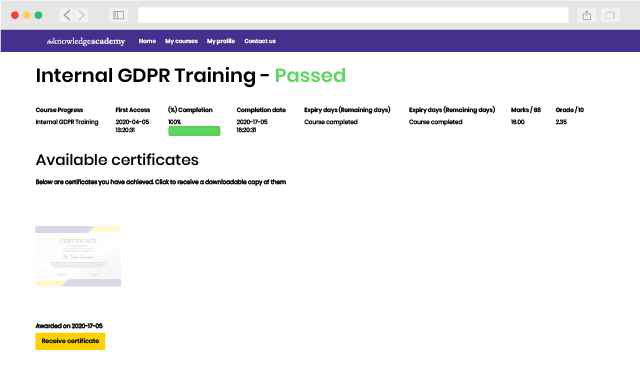
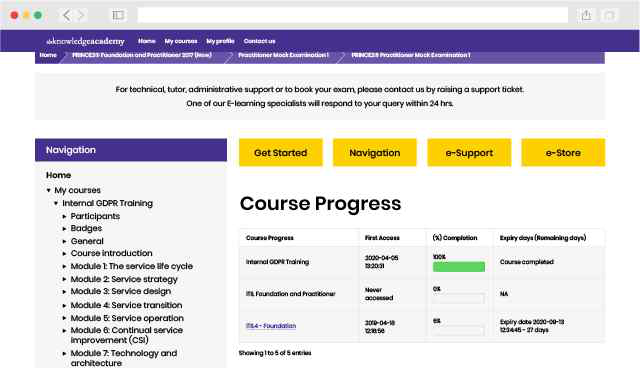
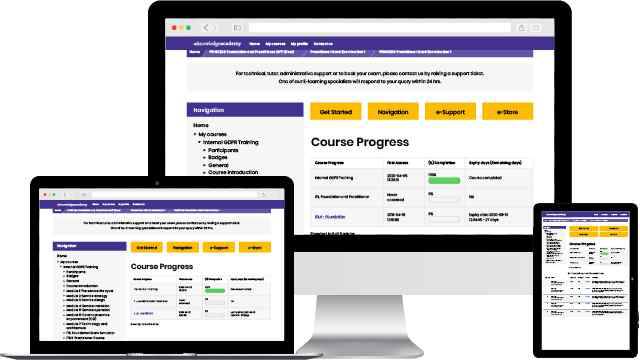
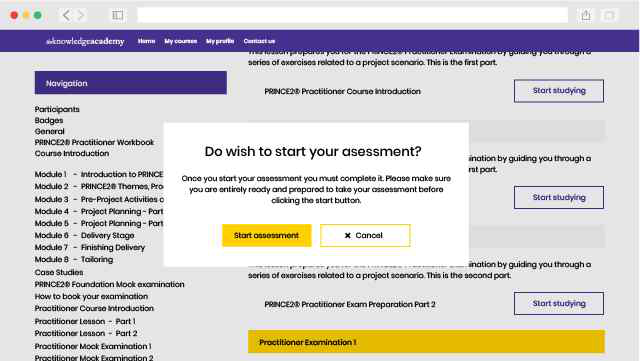
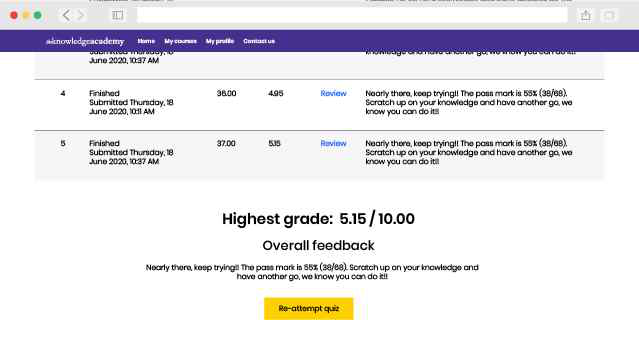
What our customers are saying
Nirav taught us everything on step by step basis following his on methodology which was easier than the presentation as he went through each item topic from how it was introduced to how it is used today. Highly recommend Nirav to anyone due to his experience and skill in CCNA skills
Patryk Nedvecki
Explains what you need to know in great detail
Steven Coles
Thank you for reaching out for feedback on the recent training session. I appreciate the opportunity to share my experience. Based on the quality of the training, the expertise demonstrated by the trainer, and the overall value gained, I am highly likely to recommend this trainer to a friend or colleague. The trainer's thorough understanding of the subject matter, engaging presentation style, labs, and ability to address questions effectively made the session extremely beneficial. Please don't hesitate to contact me if you need more detailed feedback or further information. Best regards, Shorouq Alomar
Shorouq Alomar
CCNA Certification FAQs

Why choose us

Best price in the industry
You won't find better value in the marketplace. If you do find a lower price, we will beat it.

Many delivery methods
Flexible delivery methods are available depending on your learning style.

High quality resources
Resources are included for a comprehensive learning experience.




"Really good course and well organised. Trainer was great with a sense of humour - his experience allowed a free flowing course, structured to help you gain as much information & relevant experience whilst helping prepare you for the exam"
Joshua Davies, Thames Water



 Back to course information
Back to course information
Complete IT Network Engineer Package
Save upto 40%Included courses:
CompTIA Server+ CertificationCAD4595
CompTIA Network+ Training CourseCAD4995
CCNA CertificationCAD4495


Total without package: CAD14085
Package price: CAD8495 (Save CAD5590)
Limited budget?
 If you miss out, enquire to get yourself on the waiting list for the next day!
If you miss out, enquire to get yourself on the waiting list for the next day!













 If you wish to make any changes to your course, please
If you wish to make any changes to your course, please

